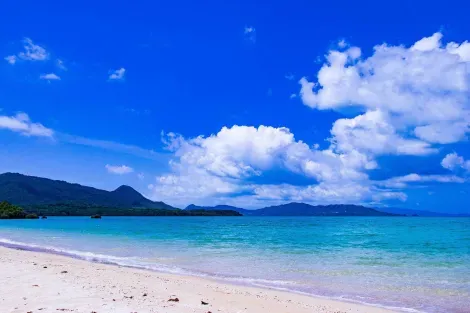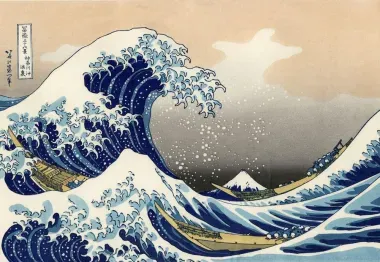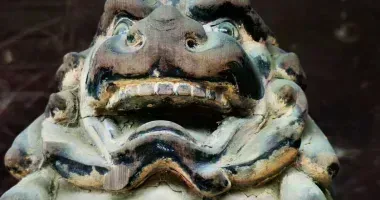The sea in Japan 海







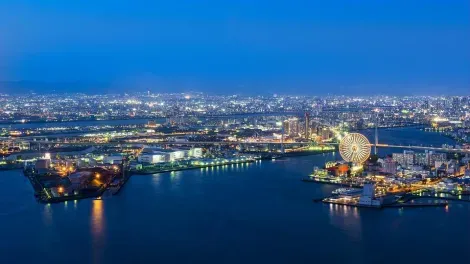


Where to go to the sea in Japan?
The sea (海 umi), an element of openness to the world, but also of isolation, has played a fundamental role in the history and development of Japan. Today, it is a source of important economic components and geography. Essential to the Shinto rites and omnipresent in Japanese culture, it is a part of its identity.
Japan, an oceanic archipelago
The Japanese archipelago is made up of a string of islands and islets spanning more than 3,000 kilometers from North to South. Incorporated in exclusive zones whose delimitation is 200 nautical miles, their existence multiplies by ten the surface of the national territory. From 377,500 km 2, the area of the archipelago thus increases to 4.4 million km 2 . This shows the importance of maritime space.
The Japanese archipelago is made up of no less than 6,852 islands, of which around 430 are inhabited. More than 33,000 kilometers of coastline shape the landscape and are washed by several seas: to the east the Pacific Ocean, to the west the Sea of Japan while the Seto Inland Sea (Seto Naikai) separates the large islands from Honshu, Shikoku, and Kyushu. In Japan, the sea is never far away: no place further than 200 kilometers from it.
Most of the Japanese coast is rocky, but the country also has long beaches of white or gray sand, depending on the region as Japan is a volcanic country.
The beautiful subtropical islands of Okinawa are known for their turquoise waters and maritime wildlife. In Okinawa, the water is never colder than 20 °C... On the coasts of the northern island of Hokkaido, on the contrary, the waters are cold and abound in fish and shellfish.
- Read also: Diving in Okinawa




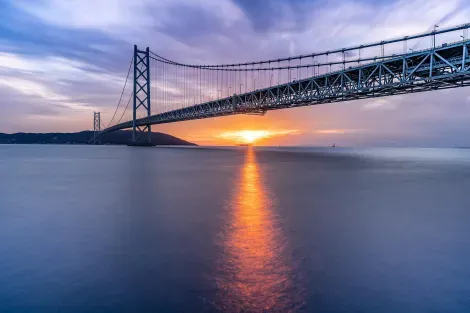
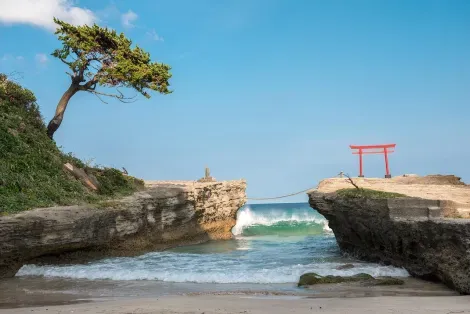
The sea, source of income
Fishing is of course one of the most important maritime activities and the Japanese are among the biggest consumers of fish in the world, with 58 kg of fish eaten per year per person. However, the country is not self-sufficient and imports a good part of its consumption, and fishing activity is in decline.
- Read also: Ukai, ancestral fishing technique
The cultivation of seaweed (nori) is also an important part of the Japanese maritime economy.
For a long time withdrawn in itself, Japan nevertheless has large ports, among the most important in the world. Yokohama, Kobe, Osaka, Tokyo: the vast majority of major Japanese cities are also ports. Port activity is indeed one of the pillars of the Japanese economy with intense national traffic and great competitiveness in international trade.
The Japanese merchant fleet is the second in the world and the shipbuilding industry ranks first.
Japanese beliefs and traditions around the sea
The sea, an entity arousing veneration as much as fear, is honored and prayed for during many Shinto rites. Each fishing village organizes for example once or twice a year a festival dedicated to the kami (divinity) of the sea, to ask for abundant fishing and safety.
There is even a public holiday dedicated to the sea, the Umi no hi, which falls on the third Monday in July and announces the start of the school holidays.
Every summer, the seaside resorts celebrate the beginning of the summer season with the ceremony of "opening of the sea ", Umi biraki. Shinto priests honor the sea deity to ensure the safety of the public.
The sea has also been magnified or represented in many Japanese works of art over the centuries. Hokusai's " The Great Wave off Kanagawa" (1830) is arguably his most famous representation in the West.
- Read also: Ukiyo-e, the art of printmaking
However, the lack of space and rapid industrial development has also led the Japanese to abuse their coastline: land reclaimed from the sea, coastal embankments, installations of factories or nuclear power stations by the sea have all had a major effect on the coastal landscapes.
Summer by the sea
The Japanese love summer too but has a different appreciation... Many Japanese, especially women, refrain from sunbathing and avoid the sun at all costs. If some coasts near large cities, such as the Shonan coast located in Sagami Bay near Tokyo, are crowded in summer, a multitude of very pretty beaches or coves remains deserted and unexploited. It is quite common to be able to enjoy an entirely deserted beach, in a good way.
Swimming is also a very popular activity to cool off during the hot Japanese summer. In addition, surfing is popular and widely practiced in Japan, especially on the beaches of Chiba prefecture, the sight of the 2020 Tokyo Olympics Surfing competition.
Where to go?
- Tokyo bay beaches
- Kamakura beaches
- the beaches of Shimane
- the beaches of Chiba
- the beaches of Lake Biwa
- the beaches of Hiroshima
To discover Our travel guide "Beaches in Japan"


